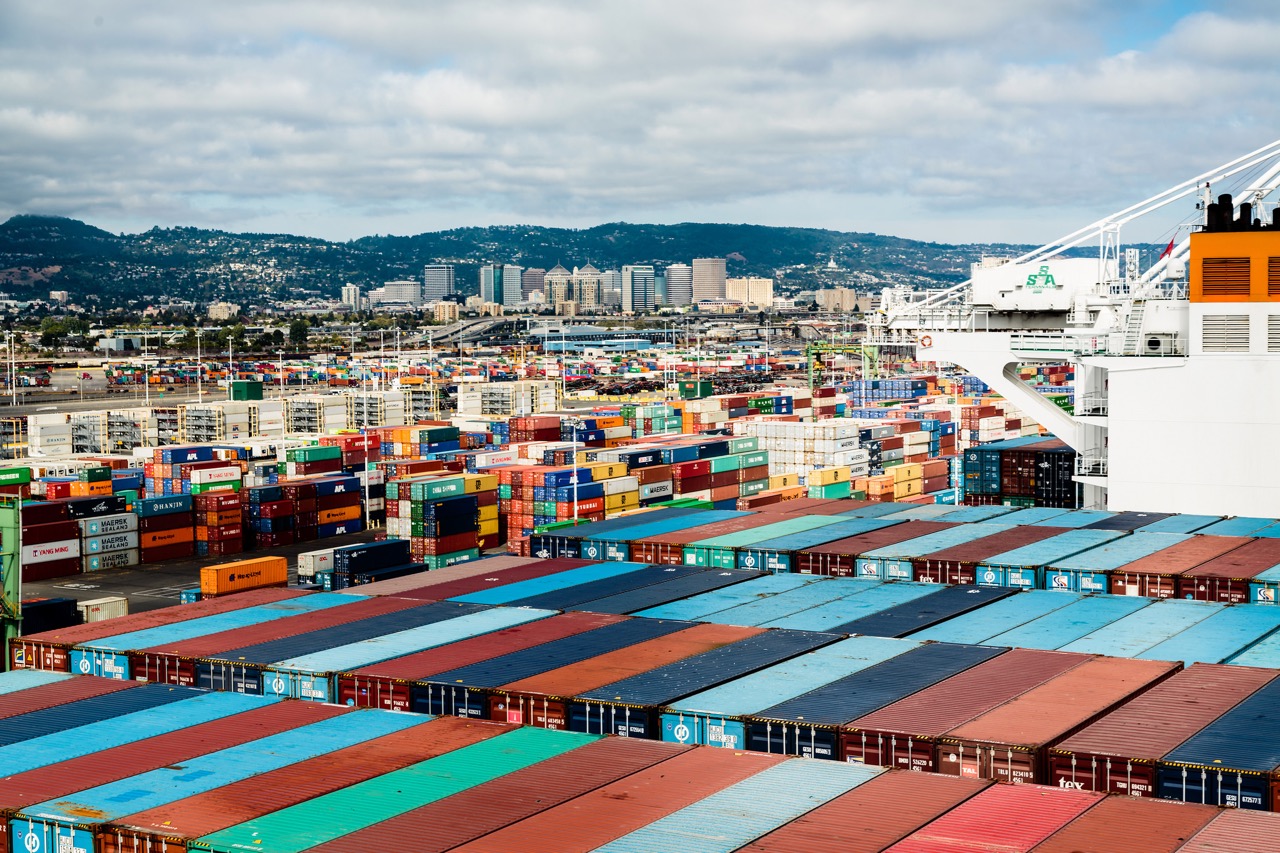Vilsack Talks Trade
Vilsack is Optimistic About Phase One Trade Deal with China
By Bob Larson, with the Ag Information Network
The end of the Phase One Trade Deal with China is fast approaching and many are wondering how it will impact trade next year between the world’s two largest economies.
Ag Secretary Tom Vilsack said he’s talked with his Chinese counterpart and believes, at this point, the expectation is that we’re going to continue to see purchases.
“Why? Because I think it’s in both China and the United States’ best interest to continue to look for ways in which we can collaborate and cooperate in this trade sphere. Secondly, the fact is China needs us; they need the food that we can supply. So, I think there’s an economic and food imperative on their part, and I think it makes good sense for us to be able to maintain some degree of connection with China,” said Vilsack.
Vilsack said America is also engaging with other Southeast Asian countries about improving trade relationships and lowering barriers … and possibly seeing the U.S. rejoining the Trans-Pacific Partnership Agreement, now known as the CPTPP.
“It’s got to get through Congress: how does it get through Congress? Well, it has to have a majority of votes in Congress. Well, the reality is that there are folks on both the right and the left who have raised issues and concerns about trade in the theory and belief that somehow trade has disproportionately negatively impacted American workers or American businesses. So, I think first and foremost we have to build a strong foundation domestically, where people feel more confident in our economy,” explained Vilsack.
Vilsack said that’s why it’s so important for the reconciliation bill and the infrastructure bill to get passed, because that’s what creates the momentum, internally, domestically.











